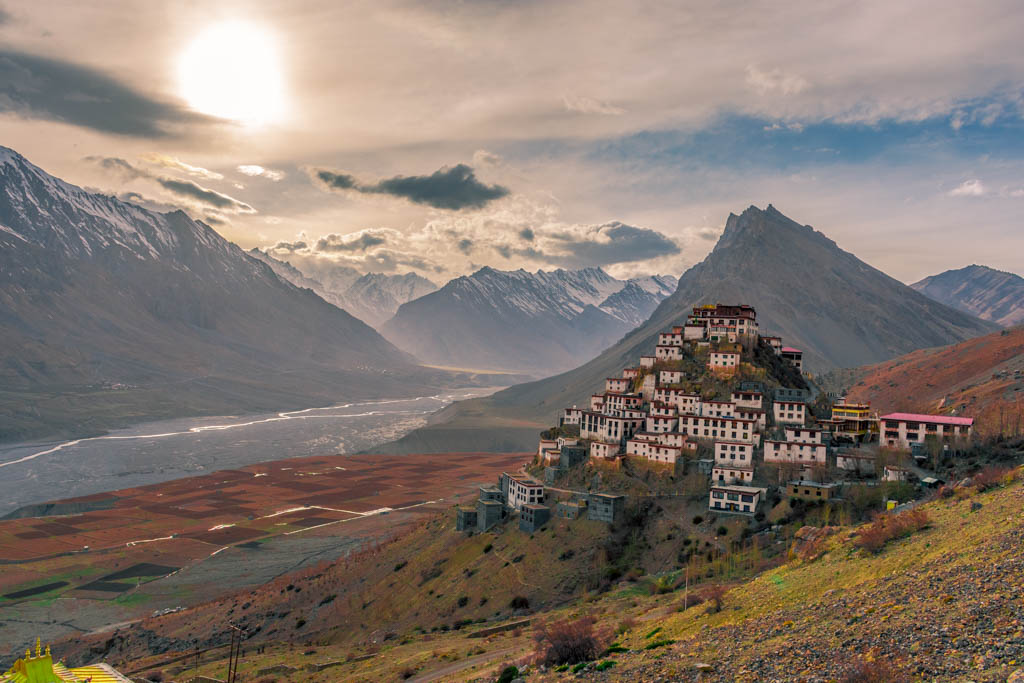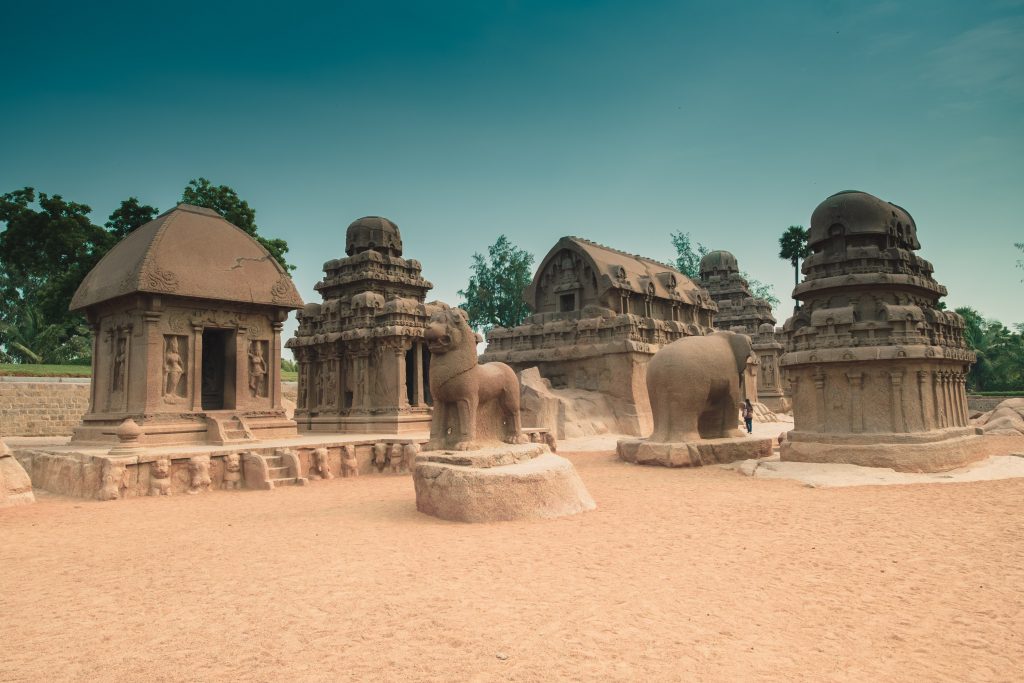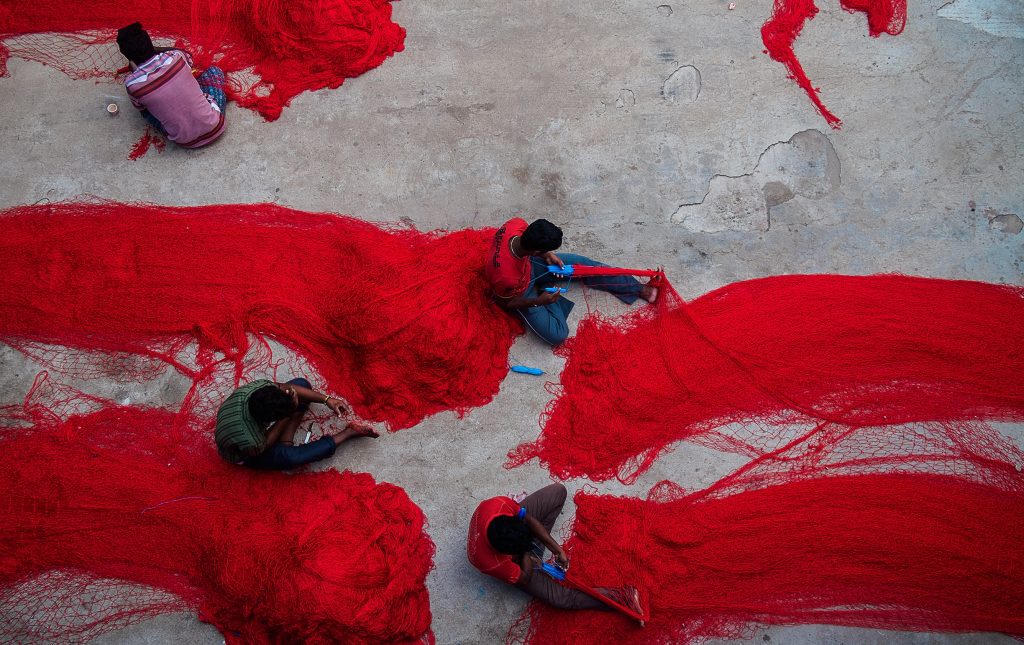As one of the largest countries in the world and the largest country in South Asia. India is a perfect destination for those seeking a unique experience that encompasses distinctive cultures, an incomparable variety of sceneries, and a complex multi-layer society that can’t be compared or found anywhere else in the world.
A Million Sceneries
India has an unparalleled number of environments, you can find anything you want in this enormous country. From the northern region and its world-renowned mountain range, the Himalayas; the southern coastline and the beautiful beaches that have nothing to envy tropical countries; the western region’s colourful deserts and cities; to the astonishing jungles and forests found in the southeastern area of the nation. For these reasons, you can pack a set of gear for every possible environment if you wish to enjoy everything, India has to offer.
The Intense Flavors of India
It’s not a mystery that Indian cuisine is one of the most authentic and unique gastronomies in the world, and can only be truly experienced in their beautiful nation. The variety of spices, seasoning, and flavors that surround Indian cuisine is outstanding. Although you may have tasted some of their “typical” dishes in your home country, you can’t compare it to the extraordinary variety of food available in India, since each region offers a distinct set of specialities you can enjoy.
One thing you should know before coming to India is that its cuisine is mostly vegetarian, and beef is taboo due to traditional and religious reasons. However, the wide range of dishes prepared with chicken and mutton are still fascinating and strongly recommended.
One of the World’s Oldest Cultures
India is known as one of the countries with the oldest evidence of human society, there are archaeological sites over 300,000 years old that showcase humanities first steps of culture, earning India the title of “cradle of civilization”.
The Hindu culture has strong roots in events going back to the first millennia BC, which have been kept and influenced every step of Hinduism through history.
You can explore this nation’s rich culture by visiting the impressively well-preserved museums, palaces, and historical sites, which mostly continue serving with their original purpose or have evolved to become a fascinating part of modern culture.
The Wonders of Indian Nature
With diverse biomes that range from cold mountains to verdant jungles, you can take pleasure in travelling through an impressive variety of sceneries that will astonish you and leave an everlasting impression.
You’ll be able to observe the coexistence of exotic animals with society in both the tribal regions and less developed cities of India, with elephants and monkeys being commonplace in many areas of the country. If you’d like to take a tour to one of the many world heritage sites that are found in the nation, you’ll be able to explore and appreciate Hindu’s preservation of nature and local species.
Know Before You Go
Culture shock can hit you with the force of a bus in India. This kind of excitement is what we travellers live for! India will surprise you in wild and wonderful ways. The diverse melting pot of colour, activity, and culture varies widely across regions. The bustling, densely packed streets of Mumbai are a far cry from the lazy, relaxing life of Goa and it’s tropical beaches. India is a big country, so big that you’ll find snow dusting the North as you witness the ethereal beauty of the Himalayas. Contrasting with the vast desert terrain of the Thar Desert in the North West. Prepare to plan your trip wisely and pack smart.
As much as the landscape varies, so does the food. India is a foodies’ paradise. A taste of India is a taste of some of the best food in the world. Street food is cheap enough to eat your way around the country. But you’ll also find world-class Michelin restaurants. Be sure to pack medication, however, you never know when the dreaded Delhi belly might strike. The rich cuisine can take some getting used to.
Travelling in India is a force to be reckoned with. Be prepared on the road, as the locals follow their own rule book. It’s certain to be a thrilling ride, but you may want to hold on to your hat! Travelling on public holidays and weekends can also get hectic in major cities like Mumbai and Delhi. So be sure to plan ahead to avoid getting packed in with the chickens on the train.
Best Time To Visit
To make the best of the climate, visit India from October to March. The summer can be devilishly hot, but winters are mild as cold fronts are kept at bay by the Himalayas. If you’re looking for a Himalayan adventure, or just want to catch a glimpse of the world’s most immense mountain range. February to May is your best bet.
The beachside resort of Goa boasts an inviting tropical climate year-round. With October to May being the driest months. October to March is the best time to combat the cities like Mumbai, Delhi, and Kolkata. With warm humid days and a chance of mystical morning fog framing the Taj Mahal from November to February.
What To Expect
When planning your trip to India, the little things count. Here are some basic tips to get you started.
Currency – The official currency of India is the Indian rupee
Language – The most spoken language is Hindi
ATMs – ATM’S are widely available across the country. Look for the AMEX, Mastercard, and Visa logos that accept foreign cards. The maximum withdrawal per day is generally INR 10,000.
Plugs & Sockets – India uses the standard Euro plug with 2 round pins or 3 pins with two earth studs.
Safety – India is relatively safe, but be extra mindful in busy areas. People in India are some of the kindest, warmest and hospitable around. But every crowd can have its pickpockets.
Climate – India has three main seasons – winter, summer, and monsoon.
The climate in India varies widely. Influenced by the battling oppositions of the frosty Himalayan North and the arid Thar Desert. The coasts have a warm, tropical climate, supporting rainforests and coastal countryside. Most of Northern India is kept hot in summer and mild-chilly in winter. The rest of the country enjoys a tropical climate year-round. Though is subject to a fierce monsoon season.
Winter falls between (December, January, and February) and summer (March, April, and May). With the monsoon season from (June to September) becoming milder from (October to November).





